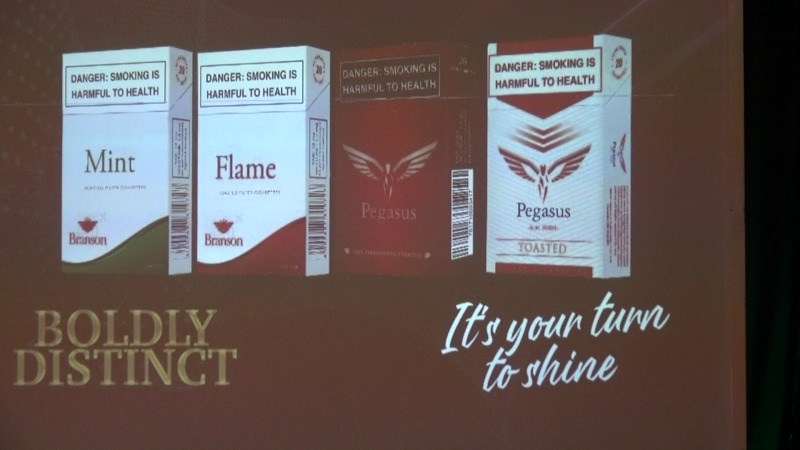Here’s the real difference between cigarette smoke and aerosol.
Let us dive deeper into the difference between smoke and an aerosol. This is particularly important to distinguish when we talk about smoke-free products, when usually what comes out from the products looks very similar – a sort of a cloud shaped form.
In order to do so, it’s very important to understand: what is an aerosol? An aerosol is a suspension of solid and/or liquid particles in a gas, usually air. What makes an aerosol visible is actually the light scattering through these particles, that makes it look like a cloud when it comes out. There are many different types of aerosols that come from various physical or thermal processes and, depending on what generates the aerosols, the composition of the aerosol becomes very different.
Common examples of such aerosol that are formed from vaporization/condensation processes are clouds for example in the sky, or mist, fog, or steam, where you have water vapour cooling down until it forms liquid droplets. Cigarette smoke contains solid particles, or soot, and liquid droplets. And it contains thousands of chemicals, out of which 100 or so are recognized by health authorities to be harmful and potentially harmful. The smoke particles are generated from the high temperature processes happening during combustion.
Now, it’s really the high-temperature processes that generate these chemicals. But while smoke is an aerosol, it’s very important to recognize that not all aerosols are smoke. If you have an aerosol generated by low temperature processes, like vaporization, it generates a liquid-based aerosol when these vapours are cooled down to form droplets. When you either heat tobacco or a liquid, you vaporize an aerosol form, typically propylene glycol or glycerol, and these are the fundamental differences between the smoke from a cigarette containing solid particles and thousands of chemicals, compared to aerosols that are generated from smoke-free products that contain much less chemicals and liquid droplets.
To summarize: while smoke is an aerosol, not all aerosols are smoke. Smoke contains solid particles and thousands of chemicals that are generated at high temperatures when a material combusts, whereas an aerosol that is formed at lower temperatures from vaporization/condensation is much less complex than cigarette smoke and no solid particles are generated. This is why it’s so important for smoke-free products to avoid combustion, as it’s combustion that generates smoke.
Pacific Launches Two New Cigarette Brands
CIGARETTE manufacturing giant Pacific Cigarette Company (PCC) has launched the Pegasus and Branson Flame cigarettes, which come in toasted and menthol variants, a move aimed at expanding and reinforcing its domain in the market.
New Zimbabwe| 11th January 2022



